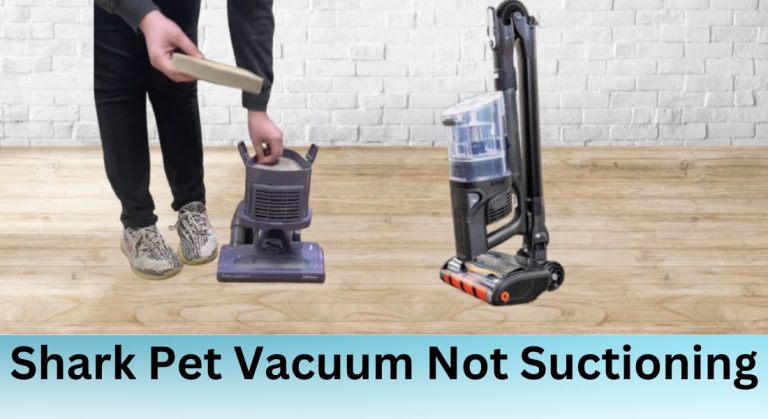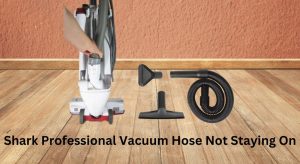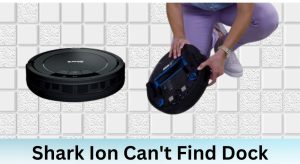Shark vacuums, especially those designed for pet owners, are known for their powerful suction and efficient cleaning capabilities. However, like any appliance, they can experience issues over time, with loss of suction being one of the most common problems. Identifying and addressing the root cause of this issue is crucial not only for restoring the vacuum’s performance but also for extending its lifespan.
Table of Contents
The Causes of Reduced Suction
Pre-filter and Post-filter Maintenance
The pre-filter and post-filter play a critical role in maintaining your Shark vacuum’s suction power. These filters trap dust, dirt, and debris, preventing them from entering the motor. Over time, these filters can become clogged, restricting airflow and reducing suction. Regular cleaning and maintenance of these filters are essential to ensure optimal performance. Washing the sponge filter a couple of times a month can significantly improve airflow and suction. If the filters are damaged or too clogged to clean, replacing them is the best solution.
Blockages in the Vacuum
Checking the Hose and Wand
Blockages in the hose or wand are another common cause of suction loss. Hair, string, or debris can accumulate and obstruct airflow. To check for blockages, inspect the hose and wand for kinks, twists, or visible debris. If a blockage is found, use a broomstick or screwdriver to carefully remove it. Ensuring the hose and wand are clear will restore the vacuum’s suction power.
Emptying the Dustbin
A full dustbin can also hinder the vacuum’s performance. When the dustbin is overloaded, it restricts airflow, leading to reduced suction. Make it a habit to empty the dustbin after each use to maintain consistent suction and prevent debris from clogging the vacuum’s internal components.
Identifying the Problem
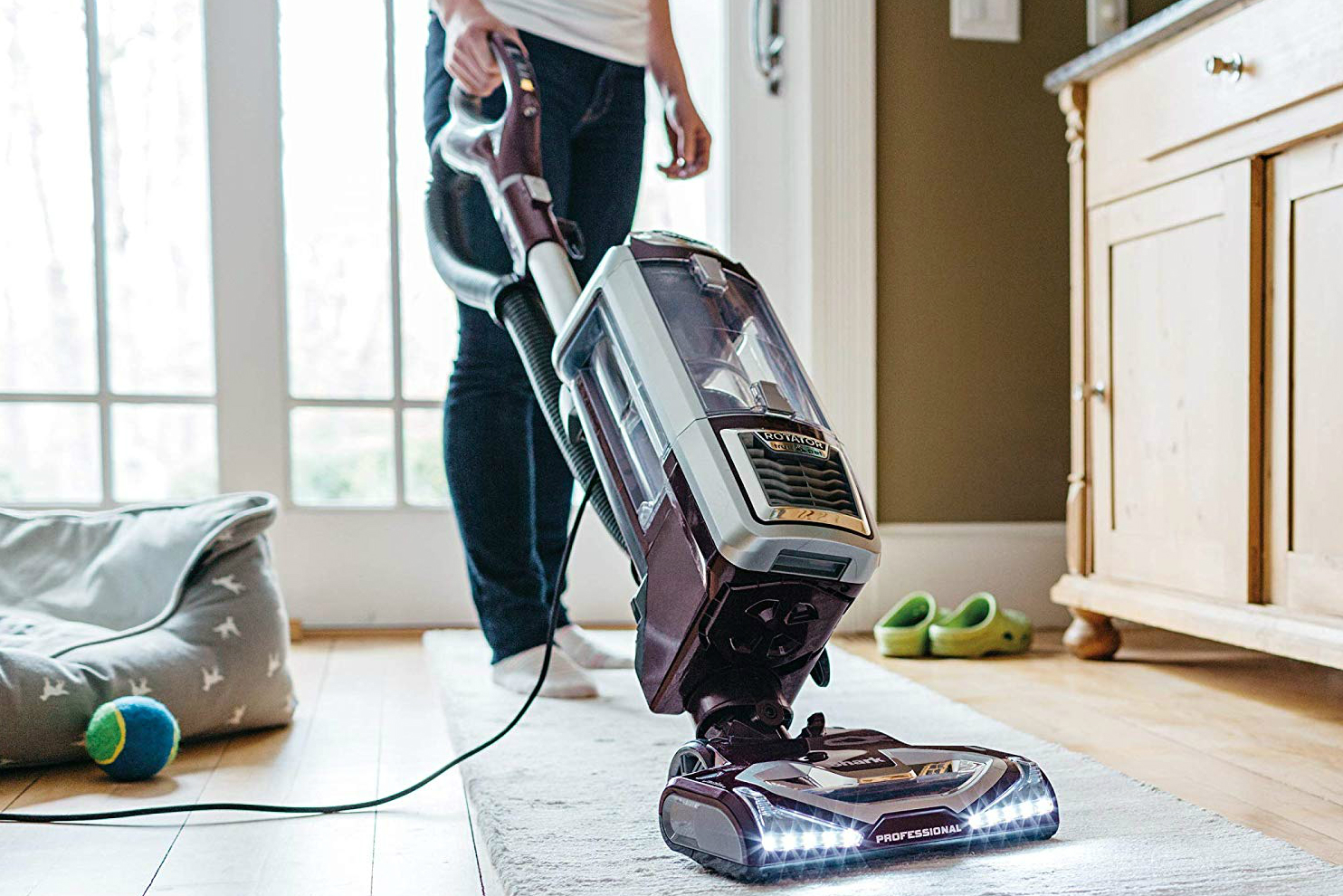
To effectively troubleshoot your Shark vacuum, start by observing its behavior. Common indicators of suction issues include reduced airflow, strange noises, or the vacuum struggling to pick up debris. Checking the airflow at the head, wand, and hose can help pinpoint the location of the blockage or issue. For example, if airflow is normal at the end of the wand but weak at the head, the clog is likely inside the head.
Troubleshooting Steps
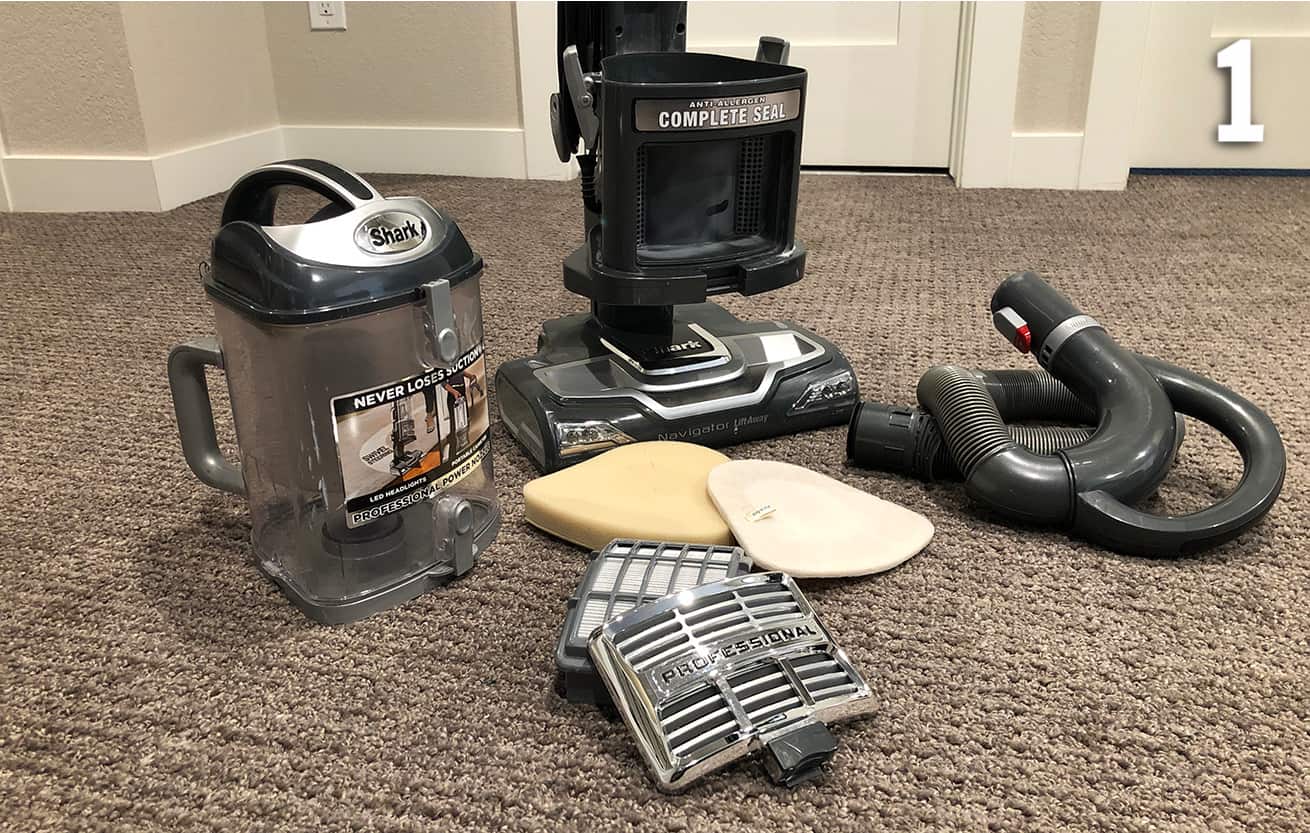
1. Initial Checks: Inspect the dustbin, sponge filter, and pre/post filters for blockages or damage. Clean or replace them as needed.
2. Checking the Hose and Wand: Remove the wand and check airflow to determine if the clog is in the head or the wand/hose. Clear any blockages found.
3. Inspecting the Motor: Locate and inspect the motor for damage or wear. Check the power cord and plug for defects. If the motor is faulty, it may need to be replaced.
DIY Fixes and Maintenance Tips

Quick Steps to Restore Suction
- Turn off and unplug the vacuum for safety.
- Check and clean the pre-filter and post-filter.
- Inspect the hose and wand for blockages and clear them if necessary.
- Empty the dustbin to ensure it’s not restricting airflow.
Additional Tips
- Regularly wash the sponge filter to maintain optimal airflow.
- Replace the filter set if it’s damaged or heavily clogged.
- Consult the user manual or customer service for persistent issues.
- Establish a regular maintenance routine to prevent future suction loss.
Advanced Troubleshooting

Using Tools to Remove Clogs
For stubborn clogs, use tools like a broomstick or screwdriver to carefully remove debris from the hose or wand. Be cautious to avoid damaging the vacuum’s internal components.
Motor Issues and Beyond
If the motor is suspected to be the issue, inspect it for damage or wear. Check the power cord and plug for defects. Addressing motor issues promptly can prevent further damage and restore the vacuum’s suction power.
Resources for Further Assistance
Online videos and guides can provide additional troubleshooting and maintenance tips. For model-specific advice, consult the user manual or contact Shark customer service.
Preventative Measures

Regular Maintenance Schedule
Establishing a regular maintenance routine is key to preventing suction issues. Incorporate tasks like cleaning filters, checking for blockages, and emptying the dustbin into your cleaning schedule.
Common Mistakes to Avoid
Avoid neglecting filter cleaning or ignoring blockages, as these can lead to suction problems. Regular maintenance ensures your Shark vacuum operates efficiently and lasts longer.
By following these troubleshooting steps and maintenance tips, you can restore your Shark pet vacuum’s suction power and keep it running at its best. Regular care and attention will not only resolve immediate issues but also prevent future problems, ensuring your vacuum remains a reliable cleaning tool for years to come.

